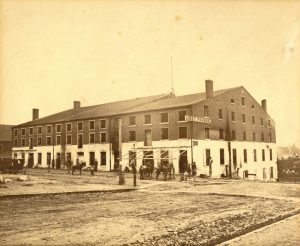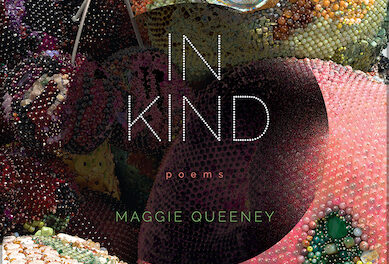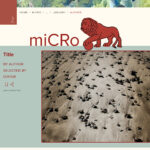Brian Brodeur: As part of my reading for qualifying exams here at University of Cincinnati, I’ve been researching a module on Contemporary American narrative poetry. Though unfairly regarded by many poets and critics as déclassé, this poetic genre has enjoyed something of an awakening in recent years. I’m thinking not only of the verse novels of the 1990s such as Vikram Seth’s The Golden Gate and Mark Jarman’s Iris, but Geoffrey Brock’s more recent dramatic monologues spoken by nineteenth-century naturalists J. J. Audubon and Alexander Wilson, two examples of which will be published in our forthcoming issue (10.2).
 One of the pleasures of exploring this genre in depth is discovering work I’d never encountered before and probably wouldn’t have otherwise. One such example is the title poem from David Mason’s second volume, The Country I Remember (1996). Mason, who is adept at both long and short forms of narrative poetry, most recently published the historical novel-in-verse Ludlow (2007). Composed in flexible blank-verse, “The Country I Remember” is a dramatic monologue spoken by two voices: Lieutenant John Mitchell, a Civil War POW captured at the battle of Chickamauga who helped to free over one hundred men from the infamous Libby Prison; and his restless daughter, Maggie Gresham, who escaped social convention by traveling alone across the American West in search of a self-sufficient life.
One of the pleasures of exploring this genre in depth is discovering work I’d never encountered before and probably wouldn’t have otherwise. One such example is the title poem from David Mason’s second volume, The Country I Remember (1996). Mason, who is adept at both long and short forms of narrative poetry, most recently published the historical novel-in-verse Ludlow (2007). Composed in flexible blank-verse, “The Country I Remember” is a dramatic monologue spoken by two voices: Lieutenant John Mitchell, a Civil War POW captured at the battle of Chickamauga who helped to free over one hundred men from the infamous Libby Prison; and his restless daughter, Maggie Gresham, who escaped social convention by traveling alone across the American West in search of a self-sufficient life.
As Dana Gioia remarks in his introduction to Robert McDowell’s verse novel The Diviners (1995), “the new narrative must tell a memorable story in language that constantly delivers a lyric frisson.” Like any successful long narrative poem written after Modernism, “The Country I Remember” achieves this frisson through fragmentation, associative leaps, compression, and dramatic irony. Most noticeably, however, “The Country I Remember” distinguishes itself through another Modernist technique: juxtaposition. In its most radical structural move, the poem plays two familial voices against each other, alternating monologues in rapid succession with only a section title as transition. Because both characters actually speak their respective monologues across a considerable distance of space and time (John from Pomeroy, WA, 1918; Maggie from Los Angeles, CA, 1956), this device achieves the dramatic effect of issuing both voices at once. It is Mason’s ability to create two disparate, credible human beings, and to impart the unique experiences of both characters in a convincing way, that unifies his narrative, that provides the story with emotional poignancy, and that makes these different voices sing as one.










